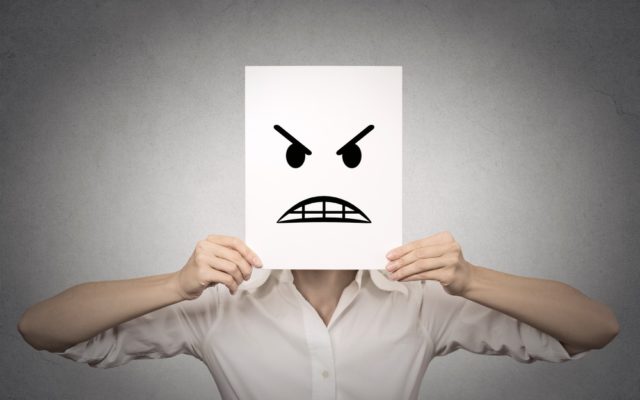The new breed of always-on, 24-7 digital consumer has been a focus of interest for the past two years or more by Rialto. Customers are more discerning, more expectant and less loyal because they can afford to be. The so-called switching economy has meant that there is always another supplier out there which can offer a better deal.
It isn’t only about the most competitive pricing though. Customers increasingly want to like and have a relationship with their suppliers that goes far deeper than previously.
Yet the findings from a recent Capgemini Consulting survey make sobering reading for many business leaders. Three-quarters of organisations believe themselves to be customer-centric but fewer than one third of customers agree according to the report, The Disconnected Customer: What digital customer experience leaders teach us about reconnecting with customers.
What’s more, four-fifths of consumers would be willing to pay more for a better customer experience. The report also found that almost a third (31 per cent) of organisations admit they face challenges when it comes to keeping up with the rapidly evolving technology landscape and consumer’s digital expectations.
The study surveyed more than 3,300 consumers across Australia, China, France, Germany, India, the Netherlands, UK and US and also quizzed 450 executives at the companies that serve them. It showed significant differences between industries with internet service companies and their customers more in step and setting the standard for other organisations. Utilities and consumer product companies have “a long way to go” to meet consumer expectations, reports Capgemini. Indeed, less than one fifth organisations (19 per cent) are meeting consumers’ expectations.
To assess the digital experience consumers are receiving, Capgemini’s Digital Transformation Institute has created a Digital Customer Experience (DCX) Index. For this, it evaluated organisations across 80 different digital experience attributes. These ranged from the ability to view and edit personal data to personalising products and services on mobile devices. It discovered that the more digital attributes an organisation had deployed – and the more advanced those digital attributes are – the higher was its DCX Index score.
It found a strong link between the index score and that of the industry standard net promoter score (NPS), a global benchmark of how likely it is for a consumer to recommend a company’s products or services.
Significantly, it found that those companies in the top 10 for DCX saw their share prices increase by 16 per cent over the last five years. This compared with the share price of those companies in the bottom 10 only rising by an average of six per cent.
There is little doubt that as organisations continue on the road towards digital transformation, customers will be won and lost. Mapping all points of the consumer journey and delivering operational excellence at each one will help to ensure organisations meet their demands and help reduce the disconnect that appears to exist.
Any analysis of the customer journey needs to be properly resourced though. Capgemini’s survey revealed that two-fifths of businesses (41 per cent) cite a lack of dedicated customer experience budgets and internal ownership of the digital customer experience (35 per cent) as limiting factors.
Organisations only have a narrow window of opportunity left to prioritise digital. Leave it too late and the disconnect may have turned into a gaping chasm and one from which it is impossible to retrieve even the once most dedicated and loyal of customers.
Article by channel:
Everything you need to know about Digital Transformation
The best articles, news and events direct to your inbox
Read more articles tagged: Customer Experience, Featured







